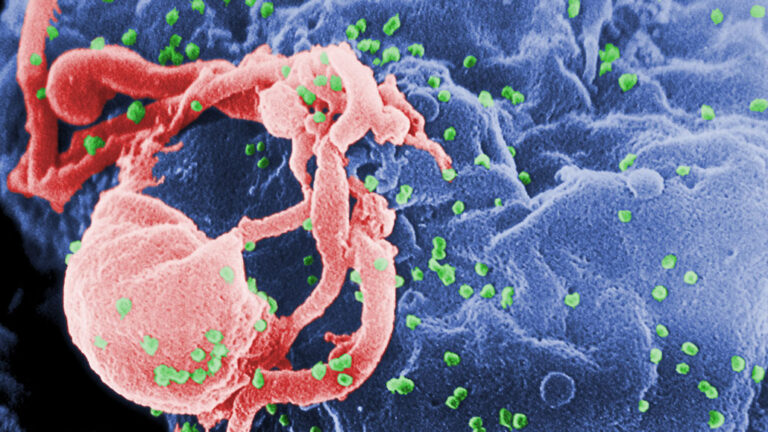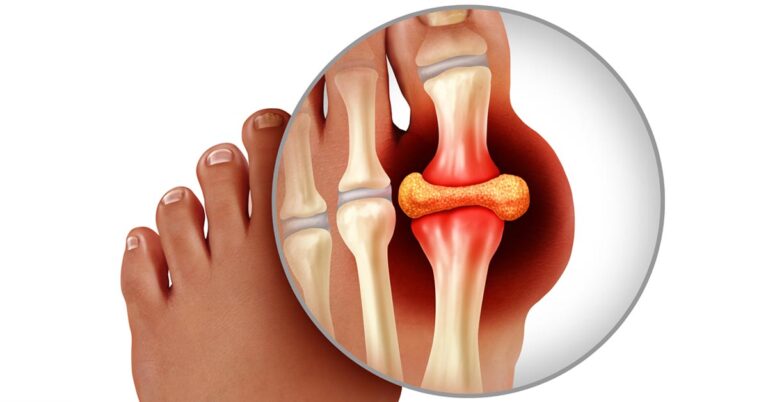Vaginal infections are a common concern for many women, affecting their daily lives and overall well-being. This comprehensive guide aims to shed light on the various aspects of vaginal infections, from symptoms and causes to diagnosis and prevention. Let’s dive in and unravel the complexities of this topic.
Recognizing the Symptoms
Vaginal infections, though common, can manifest in a myriad of ways. Recognizing the symptoms is the first step towards seeking appropriate medical attention.
Common Symptoms
The most prevalent symptoms women report include:
- Abnormal vaginal discharge: This can range from a thick, cheesy consistency to a thin yellow-green discharge.
- Vaginal and anal itching: An uncomfortable sensation that can be persistent.
- Pain or discomfort: This can be felt on the vaginal and anal skin.
- Pain during urination: A burning or stinging sensation when passing urine.
- Discomfort during intercourse: Pain or discomfort during or after sexual activity.
- Abnormal vaginal bleeding: This includes bleeding between periods or post-coital bleeding.
While these symptoms can be distressing, understanding their underlying causes can provide clarity. For instance, a yeast infection might present with a thick, cheesy discharge, while bacterial vaginosis might cause a malodorous, thin discharge. It’s essential to note that the presence or absence of symptoms doesn’t always indicate the severity of the infection.
Causes

Vaginal infections can be broadly categorized into two types: sexually transmissible and non-sexually transmissible. Let’s delve deeper into these categories.
Non-Transmissible Infections
These infections are not spread through sexual contact. They include:
- Fungal infections: Commonly known as yeast, candida, or thrush. An imbalance in the vaginal flora, often due to stress, illness, or antibiotic use, can trigger these infections.
- Bacterial Vaginosis: Caused by the bacteria Gardnerella, it results in a distinctive malodorous discharge.
- Other factors: Douching, using harsh chemicals or soaps, and improper dietary habits can also disrupt the vaginal flora, leading to infections.
Sexually Transmissible Infections
These infections are contracted through sexual contact. They include:
- Chlamydia: Caused by the bacteria chlamydia trachomatis, it’s the most common STI in the US and UK. While it can cause abnormal discharge and pain, up to 75% of women might be asymptomatic.
- Gonorrhoea: Only 20% of women with this infection show symptoms, which are similar to chlamydia.
- Trichomonas: This parasitic infection can cause a foul-smelling discharge and skin discomfort.
- Herpes Simplex Virus: HSV leads to painful blisters in the genital area, often accompanied by other symptoms like fever.
Diagnosing and Treating
If you suspect you have a vaginal infection, it’s crucial to seek medical advice promptly.
Diagnosis
A visit to your doctor will typically involve:
- A vaginal examination
- Swab and/or blood tests
- In some cases, urine tests or pelvic ultrasound scans might be recommended.
Treatment
The treatment will depend on the diagnosed infection. For bacterial infections, antibiotics are commonly prescribed. It’s vital to diagnose and treat infections like chlamydia and gonorrhoea promptly to prevent complications like pelvic inflammatory disease.
Prevention

Prevention is always better than cure. Here’s how you can reduce your risk.
For Non-Transmissible Infections
Consult your doctor about lifestyle modifications, such as avoiding douching and using mild soaps, to maintain a healthy vaginal flora.
For Sexually Transmissible Infections
Practicing safe sex and minimizing the number of sexual partners can significantly reduce the risk of contracting an STI.
The Psychological Impact of Vaginal Infections
While the physical symptoms of vaginal infections are often discussed, the psychological toll it can take on women is less frequently addressed. However, it’s an essential aspect of the overall experience.
Emotional and Mental Stress
The presence of symptoms like itching, discomfort, and abnormal discharge can lead to feelings of embarrassment, anxiety, and even depression. Women might feel self-conscious, impacting their self-esteem and body image.
Impact on Relationships
Vaginal infections can strain intimate relationships. The discomfort during intercourse, coupled with the fear of transmitting an infection to a partner, can lead to avoidance of sexual activity. This can result in feelings of detachment and misunderstandings between partners.
Myths and Misconceptions
In the age of information, myths and misconceptions about vaginal infections still persist. Let’s debunk some of the most common ones.
Myth: Only “unclean” people get vaginal infections
Truth: Vaginal infections can affect anyone, regardless of their hygiene practices. Factors like hormonal changes, antibiotic use, and even stress can trigger infections.
Myth: You can’t get an STI if you use a condom
Truth: While condoms significantly reduce the risk of STIs, they don’t offer 100% protection. Infections like herpes and HPV can be transmitted through skin-to-skin contact.
The Importance of Regular Check-ups
Routine gynecological check-ups play a pivotal role in maintaining vaginal health.
Early Detection
Regular visits to a gynecologist can help in the early detection of infections, even before symptoms manifest. This can lead to timely treatment and prevent complications.
Staying Informed
Your doctor can provide valuable insights into the latest research, preventive measures, and treatments related to vaginal health. Staying updated can empower you to make informed decisions about your body.
Natural Remedies and Their Efficacy

Many women are curious about natural remedies for vaginal infections. While some might offer relief, it’s essential to approach them with caution.
Probiotics
Probiotics, especially those containing Lactobacillus strains, can help maintain a healthy vaginal flora. They can be taken as supplements or found in fermented foods.
Tea Tree Oil
Some women find relief from yeast infections using tea tree oil suppositories. However, it’s crucial to ensure the oil is appropriately diluted to avoid irritation.
The Role of Diet

What you eat can influence your vaginal health.
Foods to Include
- Yogurt: Rich in probiotics, it can help maintain a balanced vaginal pH.
- Cranberries: They may prevent urinary tract infections by stopping bacteria from adhering to the bladder walls.
- Garlic: Known for its antifungal properties, it can potentially ward off yeast infections.
Foods to Avoid
- Sugar: High sugar intake can promote the growth of candida, leading to yeast infections.
- Processed Foods: They can disrupt the body’s natural pH balance, making one more susceptible to infections.
The Future of Vaginal Health Research
Research into vaginal health is ever-evolving, with new findings emerging regularly.
Personalized Treatments
With advancements in genomics, treatments tailored to an individual’s genetic makeup might become commonplace, ensuring more effective outcomes.
The Microbiome Frontier
Understanding the vaginal microbiome in its entirety can revolutionize how we approach vaginal infections. By promoting a healthy microbiome, we might be able to prevent infections before they even start.
Frequently Asked Questions (FAQs)
Can men get similar infections?
Yes, men can contract infections like thrush (yeast) and many STIs. While the symptoms might differ, it’s essential for men to seek medical advice if they suspect an infection.
Can vaginal infections affect pregnancy?
Some vaginal infections can impact pregnancy, leading to premature birth or low birth weight. It’s crucial for pregnant women to discuss any symptoms with their healthcare provider.
Are over-the-counter treatments safe?
While many OTC treatments can provide relief, it’s always best to consult with a healthcare professional before starting any medication to ensure it’s appropriate for the specific infection.
Can vaginal infections recur?
Yes, some women might experience recurrent infections, especially yeast infections. If you find yourself getting frequent infections, it’s essential to discuss preventive strategies with your doctor.
How long does it take for an infection to show symptoms?
The onset of symptoms can vary. Some infections might show symptoms within days, while others could take weeks. Some infections might even remain asymptomatic.
Final Words
Vaginal health is an integral aspect of a woman’s overall well-being. While infections can be distressing, understanding their nature, causes, and treatments can empower women to take charge of their health. Remember, you’re not alone in this journey, and there’s a wealth of knowledge and support available. Prioritize your health, seek timely advice, and always stay informed.
Related Posts:
- The Different Stages of Syphilis Infection and the Symptoms
- Rectal Gonorrhea: Causes, Risks, and Effective…
- Otitis Externa: A Comprehensive Guide to Prevention…
- Low Back Pain: Tips on Pain Relief and Prevention
- Balanitis Explained: Everything You Need to Know…
- Bacterial Vaginosis: Causes, Symptoms, and Treatment Options













